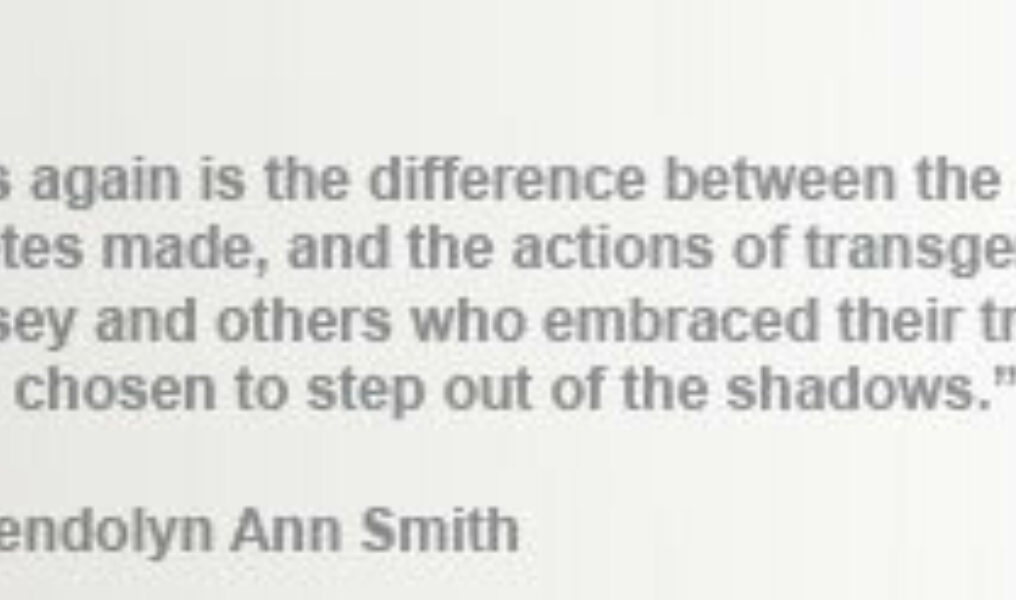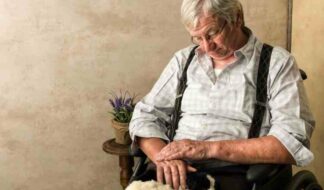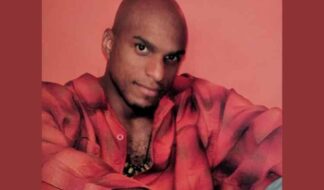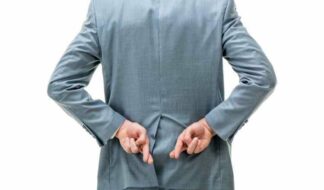by Gwendolyn Ann Smith

Transmission
On the 27th of July, in London, the Games of the XXX Olympiad will begin. It will be the usual mix of pageantry, sportsmanship and likely a dash of scandal. If Keelin Godsey had his way, he would have been the first out transgender man to compete in the Olympics.
Godsey hoped to be a part of the U.S. track and field team, and while he would be competing in the women's hammer throw, he identifies as male and plans to undergo surgery sometime after the trials.
A lot of news agencies have reported Godsey as aiming to be the first transgender Olympian, which isn't exactly accurate. There have been a number of intersex competitors to have made it into the Olympics, and at least one individual who did undergo transition post-Olympics. It's also just statistically likely that there have been others, likely forgotten to history.
Indeed, the Olympics themselves have had a history of gender testing of athletes, introducing them officially at the 1968 Olympic Winter Games. They discontinued mandatory gender testing in 1999, though they still reserve the right to do specific tests as desired to "prove" the gender of any given athlete in cases of dispute.
The first time an Olympian was questioned was in 1936, when Polish 1932 Olympic track star Stanistawa Walasiewicz, also known as Stella Walsh, was defeated by U.S. athlete Helen Stephens. Stephens was accused of being male and went through genital inspection to clear her name.
As a point of irony, it was Walasiewicz who – after perishing in an armed robbery in 1980 – was discovered to be XXXY intersexed and possessing male genetalia.
Also at the 1936 Olympics, German high jump entry Dora Ratjen, was revealed to be male. The assumption is that Ratjen was put into the running in a ham-fisted attempt to prove Aryan superiority. But Ratjen came in fourth, and was later spotted sporting a five o' clock shadow at a train station on the way home from the European championships.
There's Brazilian judo player Edinanci Silva, who was intersexed and had surgery in the mid 1990s in order to compete as a woman. There's also Sin Kim Dan of South Korea, Iolanda Balas of Romania and Tamara and Irina Press of the Soviet Union, each of whom stopped competing due to gender verification.
There's also Andreas Krieger, who was an East German shot put champion. He was also doped up with steroids from around age 16, and began to develop male characteristics by age 18. Krieger transitoned to male some ten years after striking Olympic gold back in mid-1980s.
Finally, back to the 1936 Berlin Olympics: USOC president Avery Brundage began to work towards a system to test female athletes after observing the performances of Czechoslovakian runner and jumper Zdenka Koubkova and Great Britian javelin thrower and shot putter Mary Edith Louise Weston. Both did eventually undergo gender reassignment surgery, becoming Zdenek Koubek and Mark Weston.
These are not the only Olympians who may have, at the least, run afoul of genetic gender tests. At the last games to require mandatory testing – the Atlanta games in 1996 – eight women failed testing. They were later cleared to compete. There are quite a number more outside of Olympic circles, such as South Africa's Caster Semenya, who won the women's 800m world championship in 2009, only to have her gender questioned.
Back to here and now and Keelin Godsey. The difference between Godsey and all these others is that they are public about their transgender status. While still opting to compete as a woman, and fulfilling any "letter of the law" requirements to do so, Godsey is out as a transgender man. This is markedly different from Mark Weston, let alone Stanistawa Walasiewicz.
This is a remarkable change, akin to Jenna Talackova competing openly for the Miss Universe Canada pageant only a few weeks ago. Rather than hiding one's gender identity as Koubek and Weston did, Godsey is out and open.
I envision a time, perhaps not nearly as far away as I might think, where transgender sports stars – and transgender people in other high profile positions – will serve as role models for the next generation of young transgender people across the globe.
It's not like there haven't been transgender role models before, mind you. Christine Jorgensen, Carolyn "Tula" Cossey, Jan Morris and Renee Richards, served my and other generations.
Yet many of the above came out after the fact, or had their transsexual status thrust into the spotlight in ways they never intended. This again is the difference between the landmark moves each of them made, and the actions of transgender people like Keelin Godsey and others who embraced their transgender beings and have chosen to step out of the shadows.
Unfortunately, Keelin Godsey failed to qualify for the U.S. track and field team in the women's hammer throw. He finished fifth in trials that would have qualified him for one of three slots on the team. Godsey was disappointed, having expected the Olympics to be his swam song. Nevertheless, he sounded a somewhat optimistic note. "I've still done more than most people that are trans have," said Godesy. "I've still competed at a level that most people haven't. I don't want to let not making a team be what brings that down."
So you have, Keelin – and you may not have made the team, but you can hold your head high for striking a victory for transgender people and adding your name to a long list of champions that came before you.










